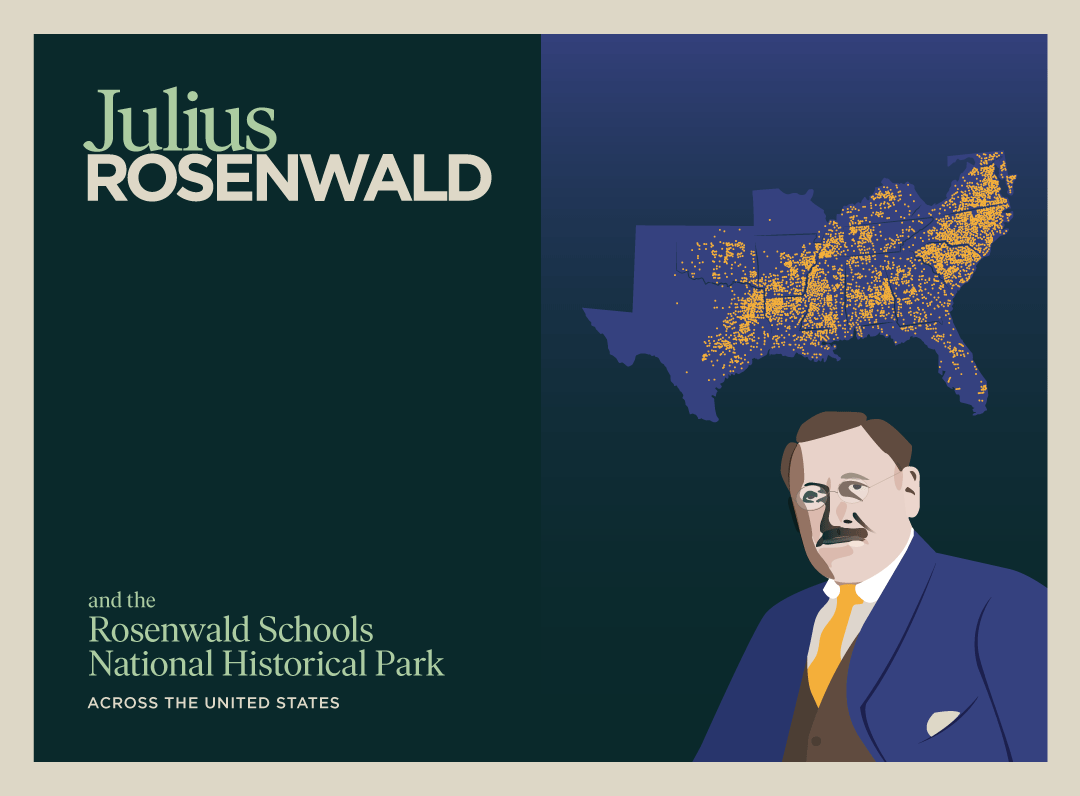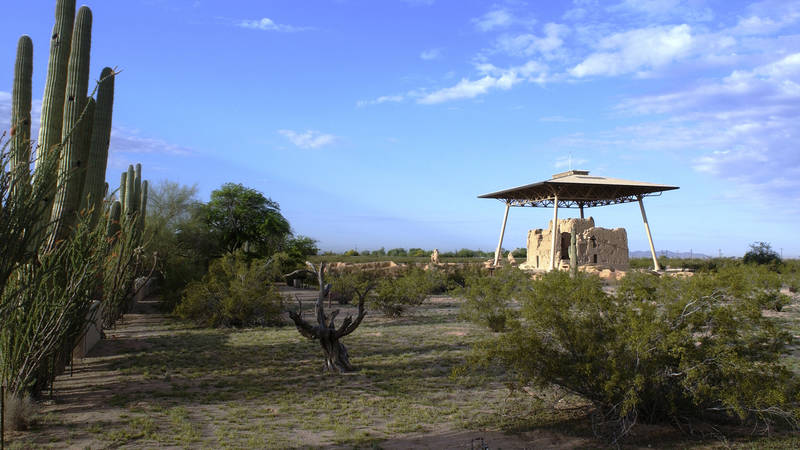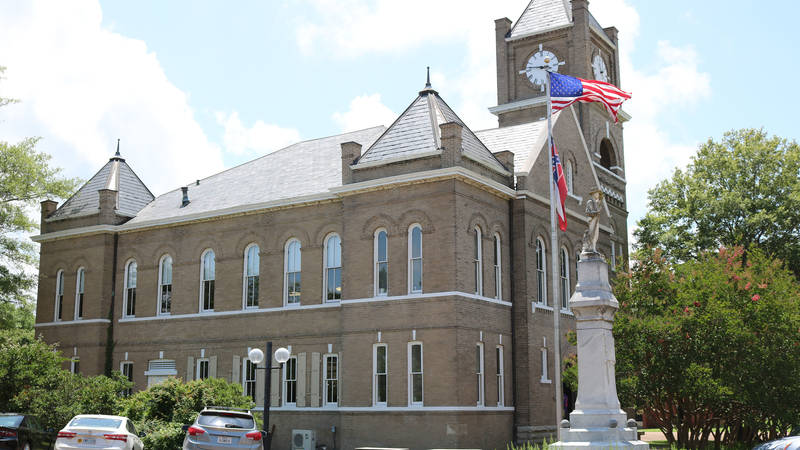
NPCA believes that as this complex nation continues to grow and evolve, so must its protected lands. All across the country, we’re hearing from communities calling for the creation of new national parks and the expansion of existing park sites in their backyard.
We want to amplify these community voices and work with the Park Service to tell a more complete American story: past, present and future. Two-thirds of our national park sites were designated to commemorate our country’s history and culture. These stories in our current and future park sites range from civil rights to Civil War and protect stunningly beautiful places as well as those that can shed light on some of the darker parts of our history.
For more than 100 years, NPCA and its partners have come together to preserve wild lands, waters, wildlife and cultural sites. Our work continues as many of these proposed designations would contribute toward the global and Biden administration goal that NPCA supports, of protecting 30% of America’s lands and waters by 2030. Below are six of our future park priorities, or places where NPCA will work with communities to advocate for lasting protections, in the coming months and years.
-
Julius Rosenwald & Rosenwald Schools National Historical Park

-
Fort Monroe National Monument

-
Avi Kwa Ame National Monument

-
Blackwell School National Historic Site

-
Casa Grande Ruins National Monument

-
Santa Monica Mountains National Recreation Area

-
Amache

-
Emmett Till and Mamie Till-Mobley National Historical Park

Julius Rosenwald & Rosenwald Schools National Historical Park

One of the first Rosenwald schools in Chehaw, Alabama.
Jackson Davis Collection, Special Collections, University of Virginia LibraryJulius Rosenwald, the son of German-Jewish immigrants, was a prominent philanthropist and businessman from Chicago. Driven by the Jewish concept of “tzedakah” — righteousness and charity — Rosenwald partnered with African American communities across the South to fund and build thousands of schoolhouses.
Constructed between 1912 and 1932, these “Rosenwald Schools” were some of the first permanent educational facilities for Black people in rural areas. The plan to create a historical park (in Illinois and other states) that would honor Rosenwald and his legacy advanced earlier this year with passage of the Julius Rosenwald & Rosenwald Schools Act, which calls for the Park Service to conduct research and recommend appropriate ways to tell Rosenwald’s story.
Fort Monroe National Monument

Fort Monroe National Monument.
U.S. Army photo.Fort Monroe preserves 400 years of American history. Some of the first enslaved Africans in English North America landed here in 1619, marking the beginning of centuries of enslavement in the U.S. The fort was held by Union Army forces during the Civil War, becoming an important refuge for self-emancipated people, including Harriet Tubman, who nursed the wounded there. After service in both World Wars, the post was decommissioned in 2005, and six years later, President Barack Obama designated sections of the fort as a national monument. Unfortunately, part of the peninsula remains unprotected. NPCA and surrounding communities support adding 40 coastal acres of land to Fort Monroe, which would curtail irresponsible development in the area and unite the monument into a contiguous site.
Avi Kwa Ame National Monument

The Castle Peaks as seen from Nevada, part of a proposed Avi Kwa Ame National Monument.
©ALAN O'NEILLThe world’s largest Joshua Tree forest extends from Mojave National Preserve into southern Nevada, home to the proposed Avi Kwa Ame or Spirit Mountain national monument. A new nearly 400,000-acre national monument would permanently protect the mountain itself along with the surrounding area that is important to Yuman-speaking tribes, along with the Hopi and Chemehuevi Paiute. A national monument would preserve such culturally and historically significant places and wildlife-rich lands, while also increasing recreational opportunities for locals and visitors alike. While the Bureau of Land Management would manage Avi Kwa Ame National Monument, the lands connect to Nevada’s Lake Mead National Recreation Area and the Colorado River plateau, as well as Mojave National Preserve, Castle Mountains and Mojave Trails national monuments on the California side. The designation would also advance Biden-Harris administration and global goals of protecting 30% of the world’s lands and waters by 2030.
Blackwell School National Historic Site

The class of Miss Mary Shannon, one of two teachers who taught all grades at the Blackwell School circa 1910.
Courtesy of the Blackwell School AllianceNestled in the borderlands of West Texas, the Blackwell School tells the story of de facto segregation that took place along the U.S./Mexican frontier border in the early 1900s, when students of Mexican descent were educated separately from their white peers at so-called “Mexican schools.” Today, the Blackwell School is one of the last such school buildings still standing, and Blackwell alumni want the Park Service to protect it. If established, the historic site would be one of only a handful of Park Service units dedicated solely to highlighting modern Latino history and culture. Read more.
Sitio Histórico Nacional en la Escuela Blackwell
Ubicada en la región fronteriza en el occidente de Texas, la Escuela Blackwell narra la historia acerca de la segregación de facto que acaecía a lo largo de la frontera entre Estados Unidos y México a comienzos del siglo, cuando se educaba a los estudiantes de origen mexicano separadamente de sus compañeros blancos en las llamadas “escuelas para mexicanos”. Hoy en día la Escuela Blackwell es uno de los últimos edificios de este tipo que aún permanecen en pie, y los exalumnos de Blackwell desean que lo resguarde el Servicio de Parques Nacionales. Si lo logran, este sitio histórico se convertiría en uno de los pocos sitios del Servicio de Parques Nacionales dedicados exclusivamente a destacar la historia y la cultura latina moderna. Entérate más.
Casa Grande Ruins National Monument

Casa Grande Ruins National Monument.
National Park Service photo.More than a century ago, Congress protected the “Great House” of the Gila Valley’s ancient people — one of the largest prehistoric structures ever built in North America — by designating a reserve that would later become the 480-acre Casa Grande Ruins National Monument. A proposed expansion would add approximately 415 acres containing key archaeological sites — including a platform mound and ballcourt — to the monument to tell a fuller story of the people of the Hohokam era.
Santa Monica Mountains National Recreation Area

Sage Ranch, in the proposed “Rim of the Valley” expansion of the Santa Monica Mountains National Recreation Area
Tom GamacheThe Rim of the Valley proposal, which would add 191,000 acres to the national recreation area, represents an opportunity for the Park Service to protect historic sites as well as the greater Los Angeles area’s unique Mediterranean ecosystem and some of the last wild lands there. The expanded park would encompass Griffith Park, the Simi Hills, El Pueblo de Los Angeles, portions of the Los Angeles River and the Arroyo Seco watershed. The expansion would also protect a vital corridor for wildlife, including mountain lions, bobcats, raptors and threatened red-legged frogs.
Amache National Historic Site

Reconstructed guard tower at the Amache Relocation Center in Colorado.
iStockPhoto/milehightravelerThe Granada Relocation Center, otherwise known as Amache, is a former World War II Japanese incarceration site located on the plains of southeast Colorado. For three years, 7,567 individuals — most of them American citizens — were unconstitutionally imprisoned there, held behind barbed wire simply because they had Japanese faces and names. People at Amache lived in trauma; even after the war, many survivors died invisible, believing they had done something wrong. As part of our collective history as a nation, Amache deserves to be a national historic site that honors the living history of the heroic survivors and descendants within the Amache community today, as well as the legacy of those who are no longer with us. While the story of Amache is ultimately theirs, the site also preserves the story of the Town of Granada and has distinct links to tribal history, making it part of the vast cultural heritage of the canyons and plains of southeast Colorado. Read more.
Emmett Till and Mamie Till-Mobley National Historical Park

The Tallahatchie County Courthouse in Sumner, Mississippi, the site of Emmett Till’s murder trial.
© Alan Spears/NPCAThe story of Emmett and Mamie is critical to telling the full story of the modern civil rights movement. NPCA has been working with members of the Till family, the Emmett Till and Mamie Till-Mobley Institute, the Emmett Till Interpretive Center, the National Trust for Historic Preservation, and Latham & Watkins LLP to create a new park site in the Mississippi Delta that will honor the Till family and ensure their story is never forgotten. Together, we’re calling on Congress to establish an Emmett Till and Mamie Till-Mobley National Historical Park. Read more.
Make a tax-deductible gift today to provide a brighter future for our national parks and the millions of Americans who enjoy them.
Donate Now

